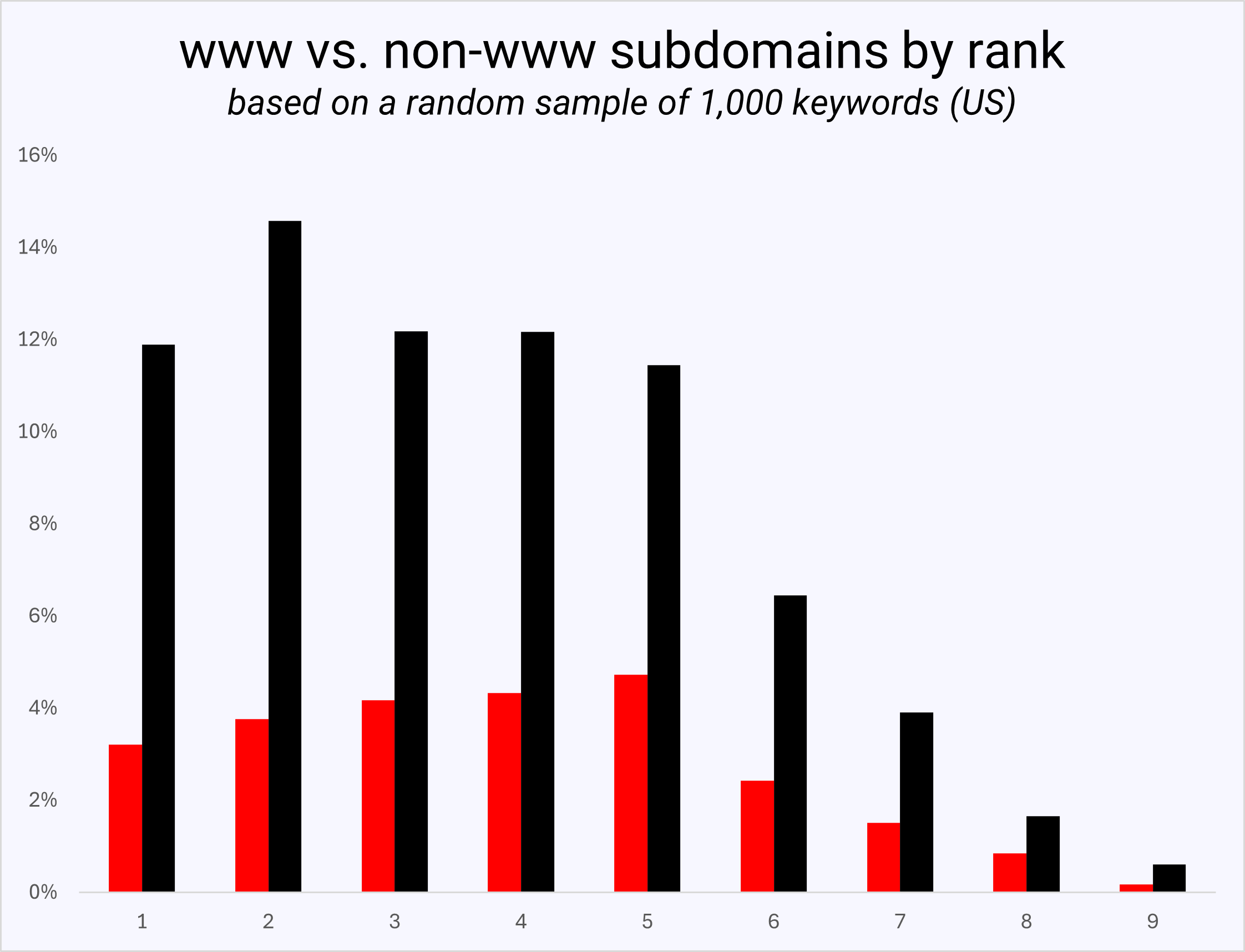Websites with country code top-level domains (ccTLDs) appear better in local search results, claims Gary Illyes of Google. Local websites benefit greatly from this growth, which helps them outperform their rivals and outperform generic top-level domains ccTLD Ranking Benefit (gTLDs). The assurance was given by Gary in response to queries regarding the advantages of using ccTLDs for SEO on the SEO Office Hours podcast.

Understanding Country Code Top Level Domains (ccTLDs)
Country code top-level domains, or ccTLD Ranking Benefit, are domain extensions designated for specific countries. .de for Germany,.in for India, and.kr for Korea are a few examples. ccTLDs are specifically designed to target internet users within a single country, in contrast to gTLDs, which are generic and unrelated to any one nation. However, because of their extensive generic use, some ccTLDs—like.io—are regarded by Google as gTLDs.
Ranking Benefits of ccTLDs
The primary question on the increase in ranking for websites that use ccTLDs was answered by Gary Illyes. A popular tactic used by website owners who want to appear higher in search results for a certain nation is to register a domain name that is associated with that nation. These local domains are ranked higher by Google than websites that utilize generic top-level domains (gTLDs), such as.com or.net.
Gary went into further detail about how a ccTLD provides a greater ranking advantage in a given nation than a gTLD. Within their target region, businesses and websites can benefit from increased visibility and search engine rankings because to this targeted focus.
Language Targeting vs. Country Targeting
Gary noted that while country-specific searches gain greatly from ccTLD Ranking Benefit, language-specific targeting can affect search results even more. By focusing on language, a website can establish a connection with users regardless of their geographical location. Companies hoping to expand internationally might benefit from this more inclusive strategy.
A website targeted at Spanish speakers can attract visitors from Spain, Mexico, and other Spanish-speaking countries even if the domain has a country code, ccTLD Ranking Benefit . This approach increases search performance and overall engagement while making the content more relatable to a wider audience.
Inspiring User Trust with ccTLDs
Another benefit of adopting ccTLD Ranking Benefit that is sometimes disregarded is the faith that local users may be inspired to have in them. A searcher may feel more at ease knowing that a website is customized for them specifically if the domain name corresponds with their nation. Click-through rates (CTR) could increase and user engagement could be improved by this trust.
A user from Australia could favor clicking on a domain ending in.au. The psychological benefit of ccTLD Ranking Benefits can increase a website’s perceived legitimacy and attractiveness to regional users.
ccTLDs in the Context of SEO Best Practices
To get the most out of using ccTLDs in an SEO strategy, it’s important to take other best practices into account. Making sure the website’s material is truly beneficial and pertinent to the target audience is one such tactic. Tailored content to the specific needs and interests of users in the target country can significantly raise the website’s search engine rating.
Using locally relevant keywords is another essential element. Website owners can undertake in-depth keyword research specific to the target country to discover the terms and phrases that local customers use most frequently. These geo-targeted keywords may help improve the website’s exposure and relevancy in local search results when they are included in the meta descriptions, titles, and content.
The Role of Backlinks in ccTLD Ranking Benefits for SEO
The SEO effectiveness of a ccTLD can also be greatly enhanced by backlinks from credible local websites. Search engines recognize websites with backlinks from other top local domains as trustworthy and authoritative sources of information in that country. Higher ranks and an increase in organic traffic from local search inquiries could result from this.
Technical Points to Remember for ccTLDs
The website must be technologically configured correctly in order to ensure that search engines can effectively scan and index the content. This includes setting up proper hreflang tags to indicate language and regional targeting, optimizing the site’s loading speed, and ensuring mobile-friendliness. Given the increasing use of mobile devices for internet browsing, a mobile-optimized website can significantly improve user experience and search rankings.
User Experience and ccTLDs
User Experience (UX) is another important component that can affect how well a ccTLD performs in search engine optimization. A website that is well-designed, easy to use, loads quickly, has engaging content, and allows for easy navigation will decrease bounce rates and increase visitor retention. Search engines can determine that a website is offering relevant content if there are positive user interactions and fewer bounce rates. This can improve the site’s rating.
Combining ccTLDs with Local SEO Strategies
Combining the use of ccTLDs with other local SEO strategies can create a powerful synergy that maximizes a website’s visibility and performance in local search results. This include highlighting customer endorsements, enhancing Google My Business listings, and engaging with the community through social media and local gatherings. Building a strong local online and physical presence aids businesses in increasing local clientele and enhancing brand awareness.